
A revolution was under process in the swinging decade of the 1960s. The miniskirt, an audacious and provocative garment, burst onto the fashion scene, captivating women and challenging societal norms.
With its hemline daringly rising above the knee, the miniskirt became a symbol of liberation, individuality, and feminine rebellion.
This iconic fashion statement not only reshaped the wardrobes of women across the globe but also played a pivotal role in sparking a cultural revolution.

Many people credit the inventive British fashion designer Mary Quant with starting the miniskirt. Quant debuted a shockingly short skirt that transformed the fashion business in the middle of the 1960s.
Her goal was to question the then-dominant conservative fashion, which mostly called for longer or knee-length skirts.
Measuring many inches above the knee, Quant’s miniskirt broke convention and reflected the attitude of a generation ready for change.
As the miniskirt embodied the Swinging Sixties’ ethos, it became rather popular. It reflected changing attitudes about women’s empowerment, sexual liberation, and gender roles.
The acceptance and embrace of the miniskirt as a symbol of female independence and agency was much influenced by the emergence of feminism and the women’s rights movement.
It gave women a fresh sense of freedom in expressing their personal style and questioned the belief that they should follow society standards.
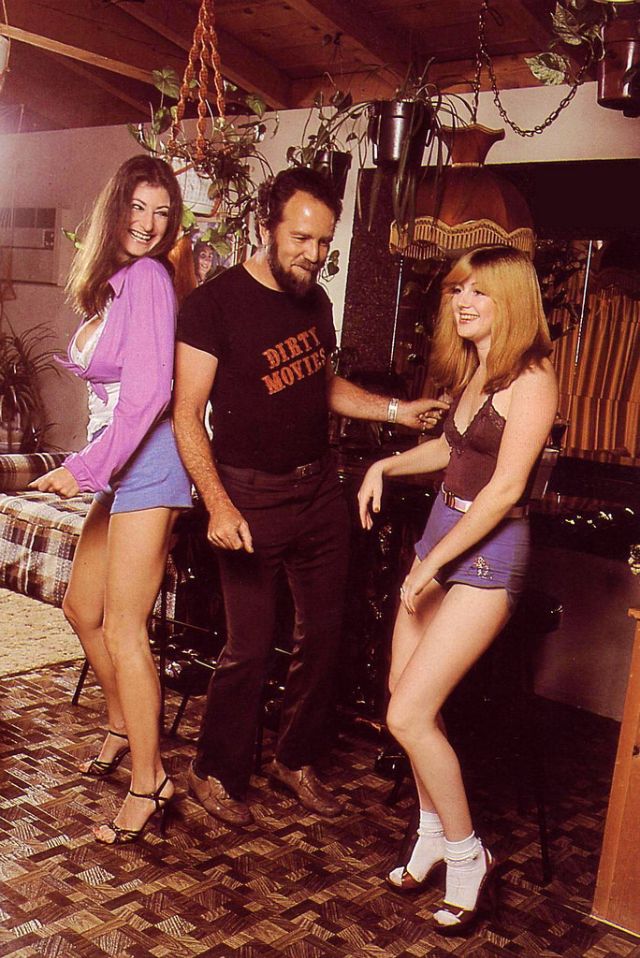
Life noticed a “current teen-age fad for short skirts” pushing hemlines well beyond the knee and featured a picture of two Seattle students at the University of Hawaiʻi sporting above-the-knee attire termed “kookie-muus.”
While the caption said that such short skirts were selling well in the South, and that “some Atlanta girls” were cutting old skirts to “thigh high,” the article also showed young fashionable girls in San Francisco wearing hemlines “just above the kneecap” and students at Vanderbilt University wearing “knee ticklers,” ending three inches above their knee to play golf.
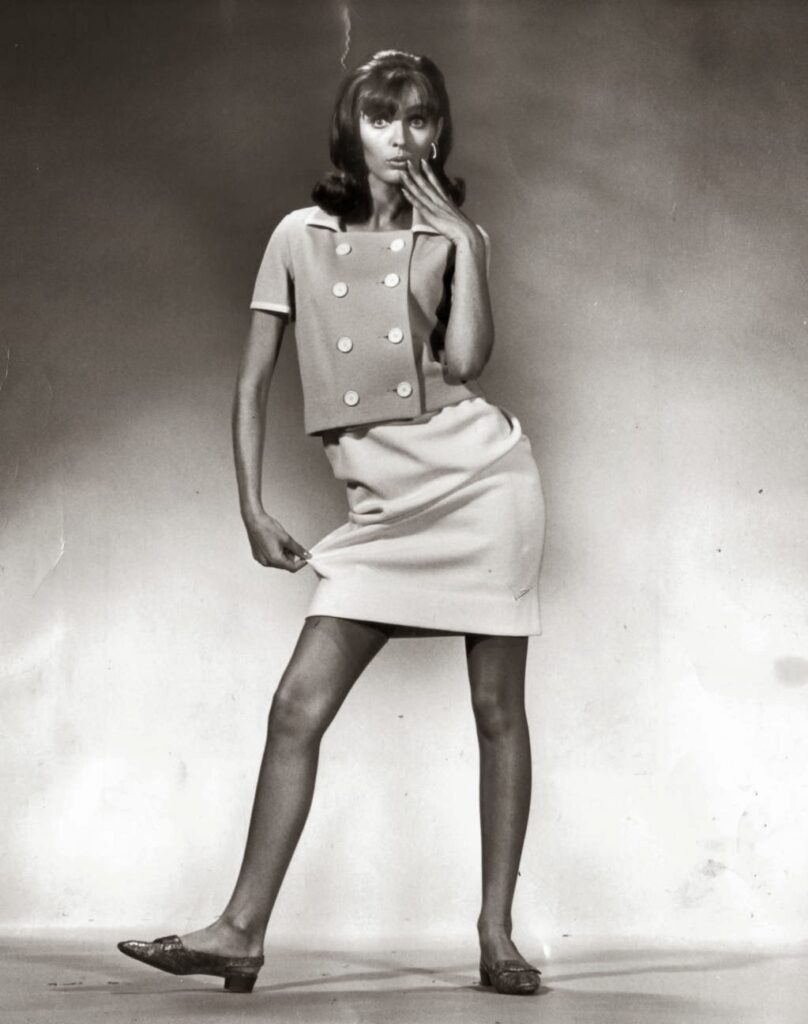
Britain in the summer of 1962 saw quite short skirts—some as much as eight inches above the knee.
Derived from “yes, yes,” a common catcall at the period, the young women sporting these short skirts were known as “Ya-Ya girls.”
One retailer pointed out that the fashion for layered net crinoline petticoats lifted the hemlines of short skirts even more.
Early sixties public and designer clothing had a mid-knee standard hemline, just covering the knee. Over the next few years, it would steadily rise, fully baring the knees of major models in 1964 when both André Courrèges and Mary Quant displayed above-the-knee lengths.
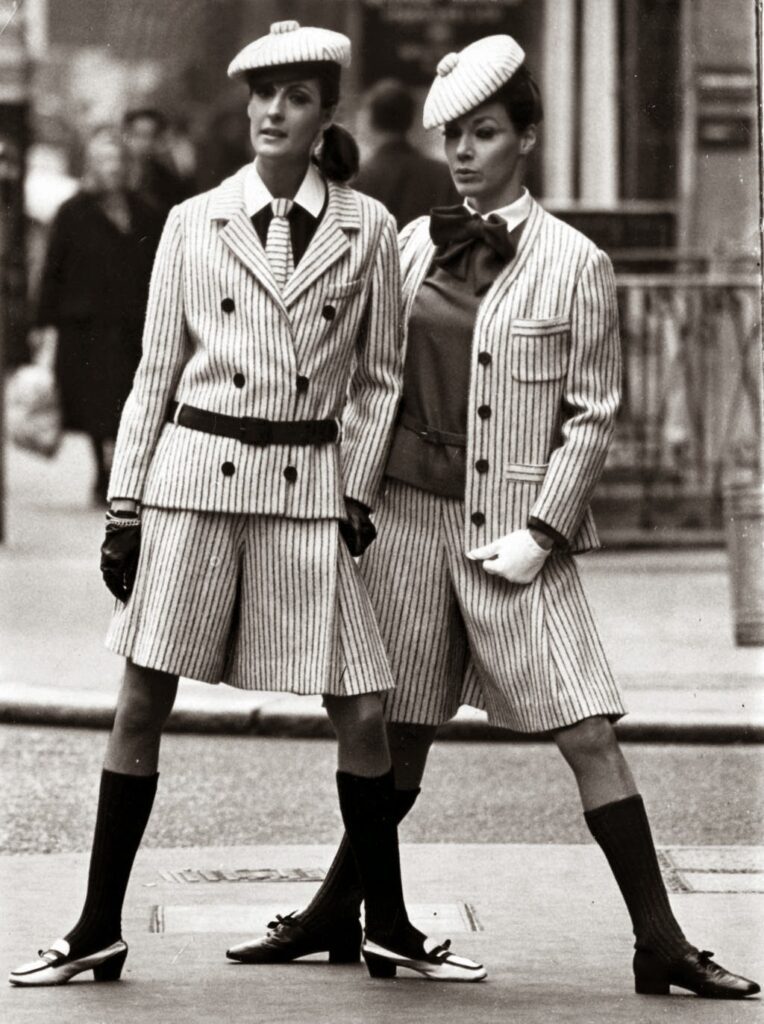
Skirts kept rising the next year when British miniskirts were formally brought to the US in a New York exhibition where models’ thigh-high skirts blocked traffic.
Many designs included an upper thigh hem by 1966. With miniskirts, stockings with suspenders—American English: “garters”—were not seen as practical and were substituted with coloured tights.
Legs could also be covered in knee-high socks or different height boots, lower-calf height in 1964–65, knee-heights throughout the period, over-the-knee and thigh-high boots more 1967–1969, and even boot-hose or body boots, tights incorporating a shoe sole and heel to form a waist-high boot, often in stretch vinyl.
Even as high as the thigh, sandal straps or laces could crisscross or otherwise rise up the leg; body paints were provided for a period to add color to the leg in more individualized ways than wearing tights.
An even shorter form, known as the microskirt or micro-mini, first surfaced towards the end of the 1960s.

The 1960s miniskirt was invented by several designers, most famously Parisian André Courrèges and London-based designer Mary Quant.
Though Quant apparently named the skirt after her preferred make of automobile, the Mini, opinions on who first developed it are not clear.
Valerie Steele has pointed out that evidence more clearly supports the assertion that Quant was first than the corresponding Courrèges claim.
But the modern fashion journalist Marit Allen, who oversaw the prestigious “Young Ideas” columns for UK Vogue, insisted that the first designer to provide stylish miniskirts was British John Bates.
Other designers such as Yves Saint Laurent and Pierre Cardin had also been simultaneously boosting hemlines.
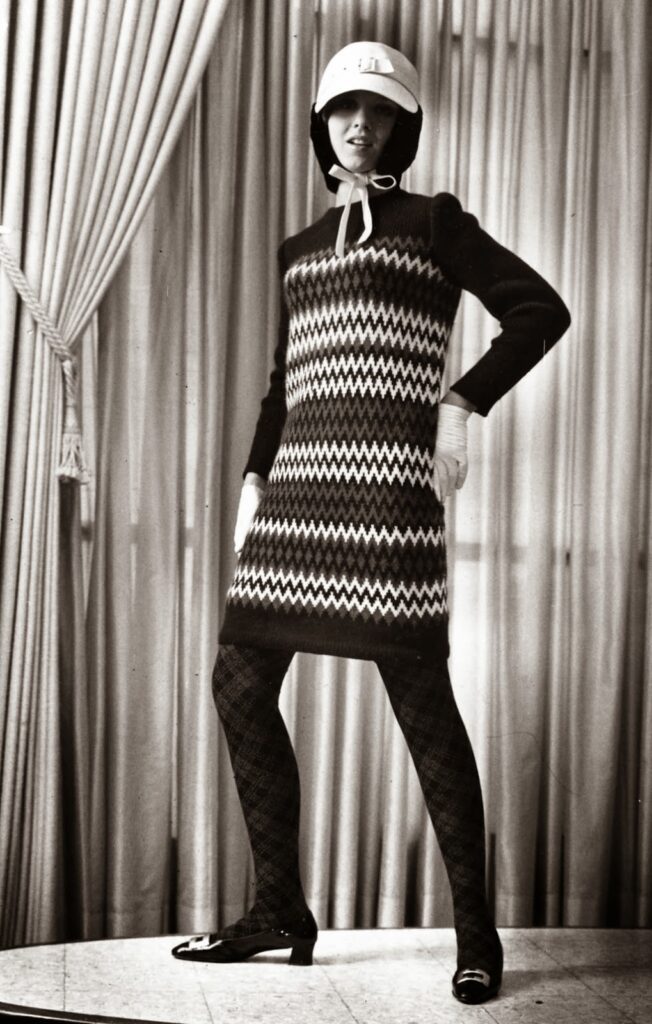
The miniskirt generated controversy as with any major cultural change. Critics claimed the miniskirt objectified women, was rude and disrespectful.
It generated discussions about morality, decency, and society standards. Its supporters, on the other hand, strongly felt that the miniskirt was a means of self-expression and a rejection of repressive conventions, therefore embracing the freedom to decide how one looks.
The miniskirt left behind goes much beyond the 1960s. One can still sense its influence in modern fashion.
The miniskirt opened the path for more women’s dress freedom, motivating next generations of designers and fashionistas to investigate fresh ideas.
The many hemlines, designs, and silhouettes that still grace runways and streets all throughout the globe reflect its impact.
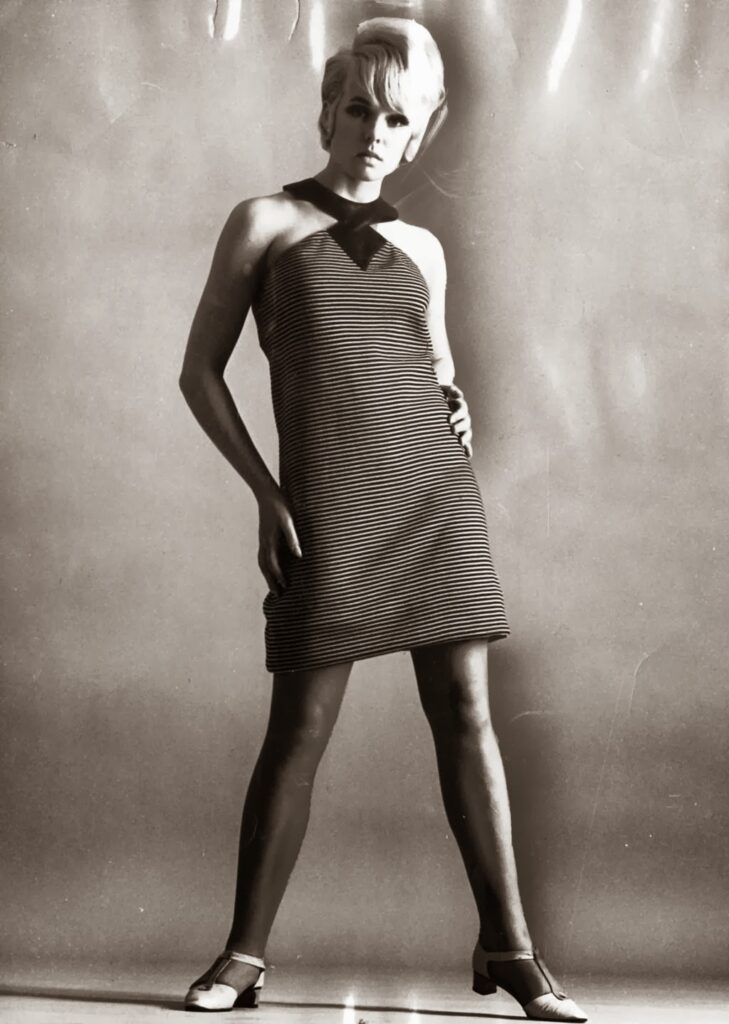
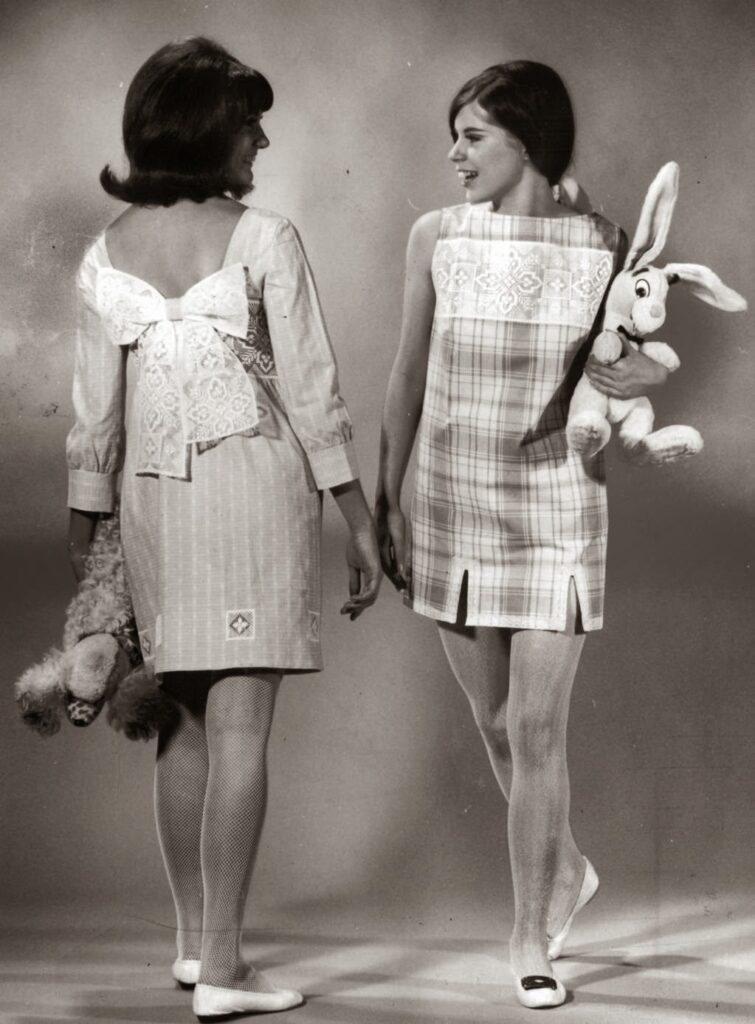
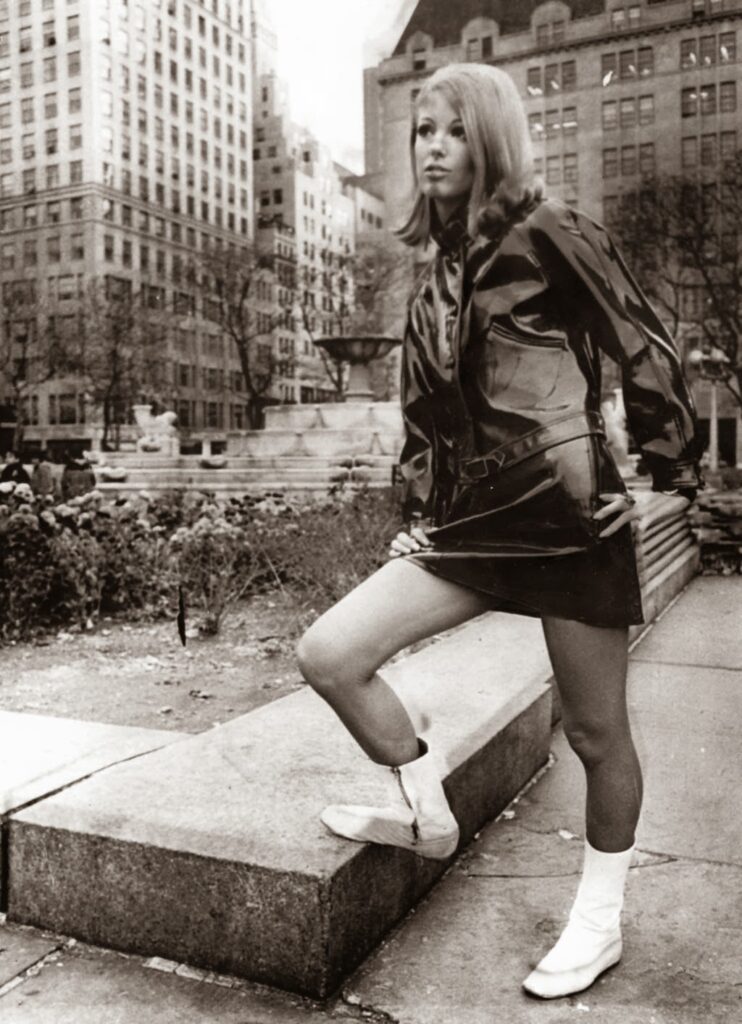
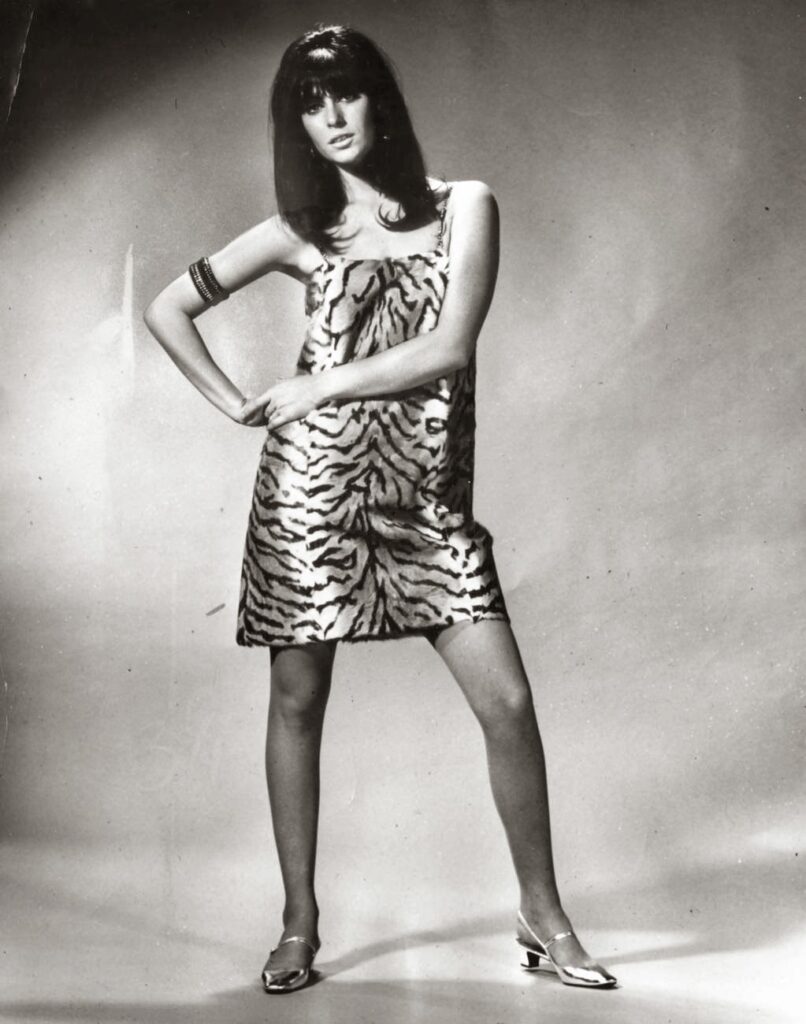
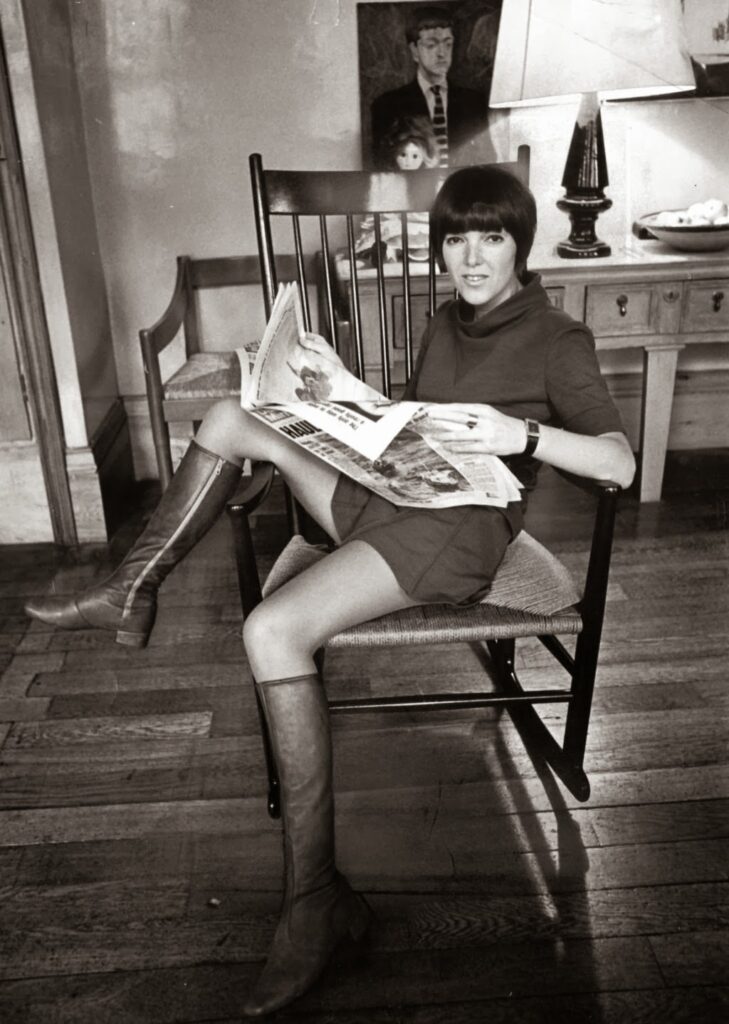
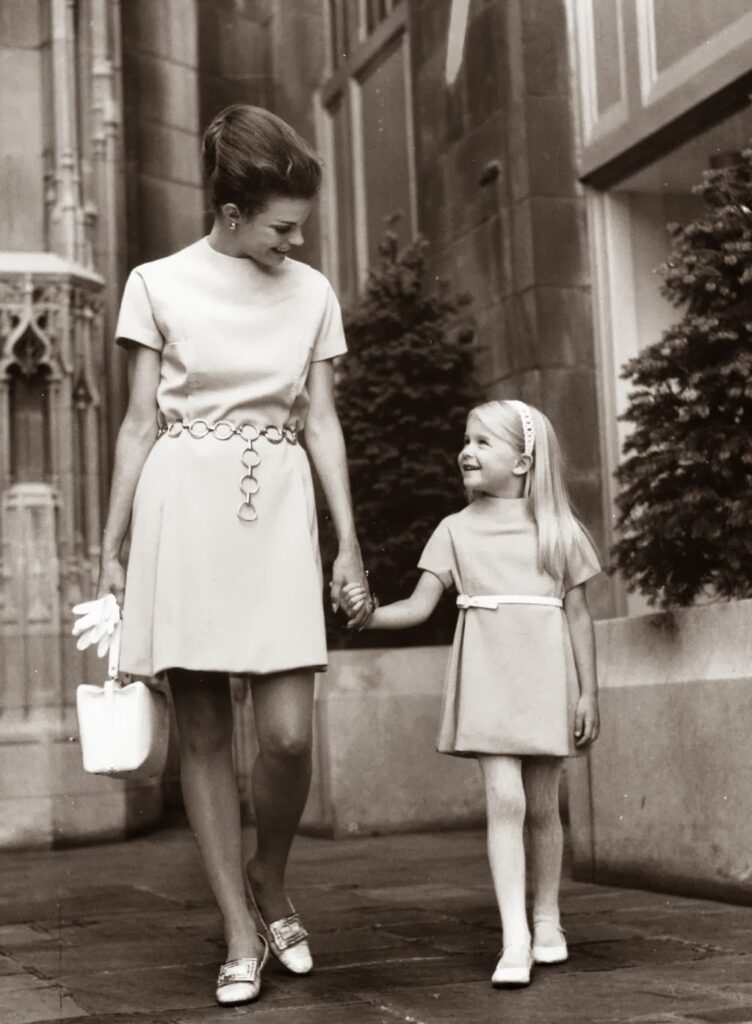
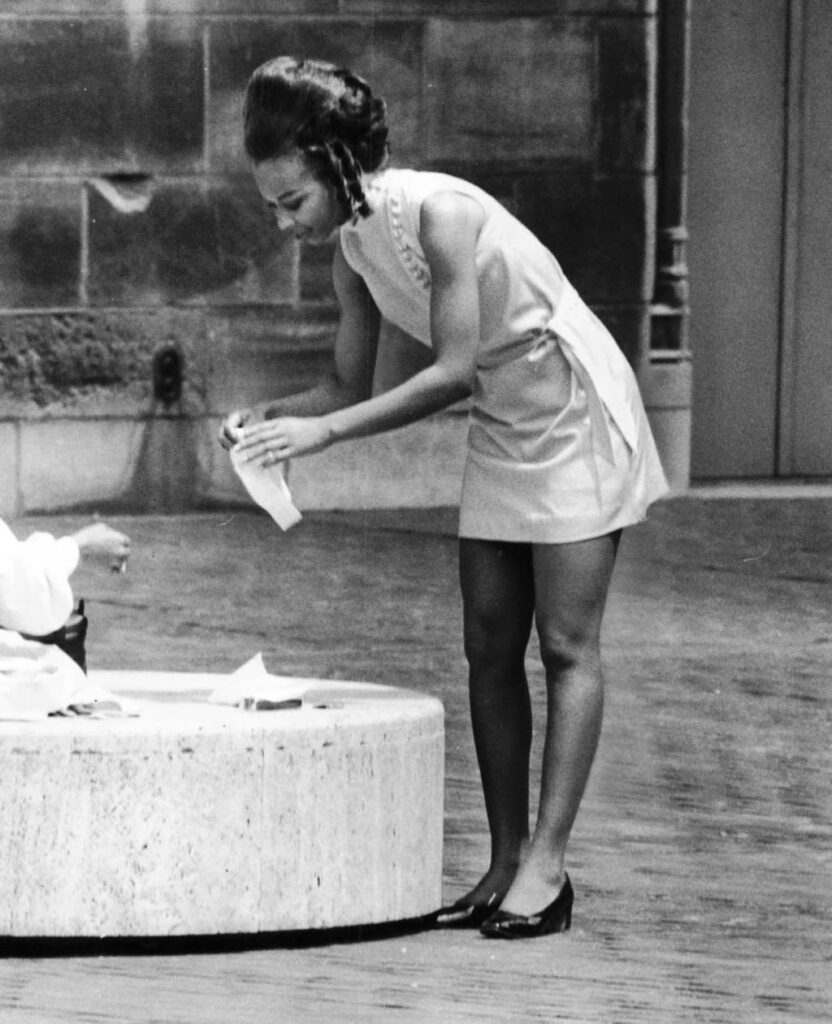

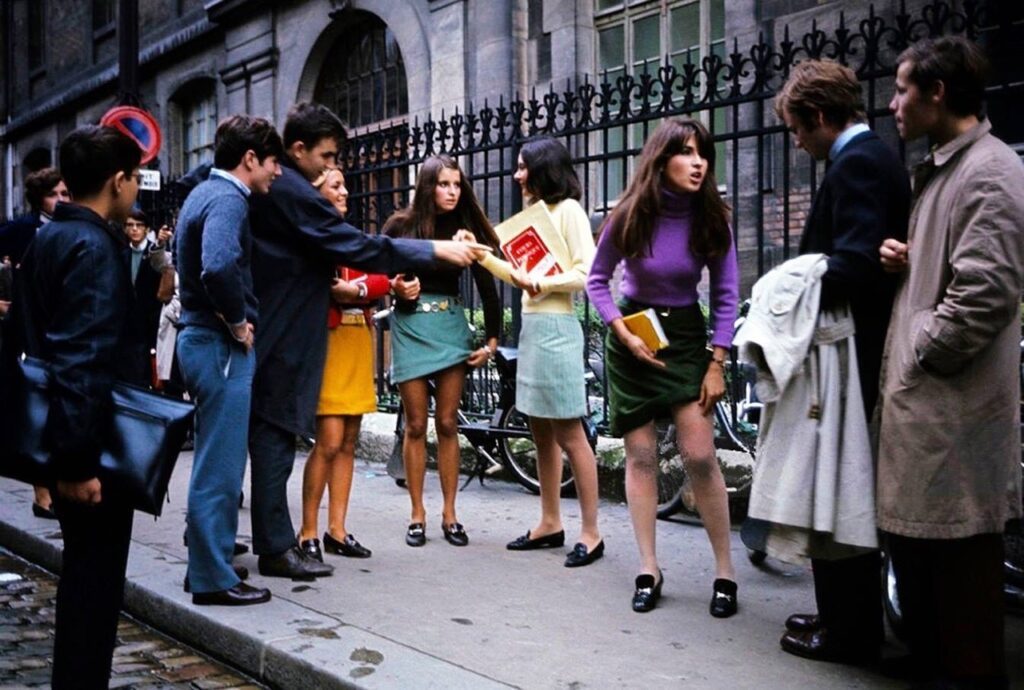
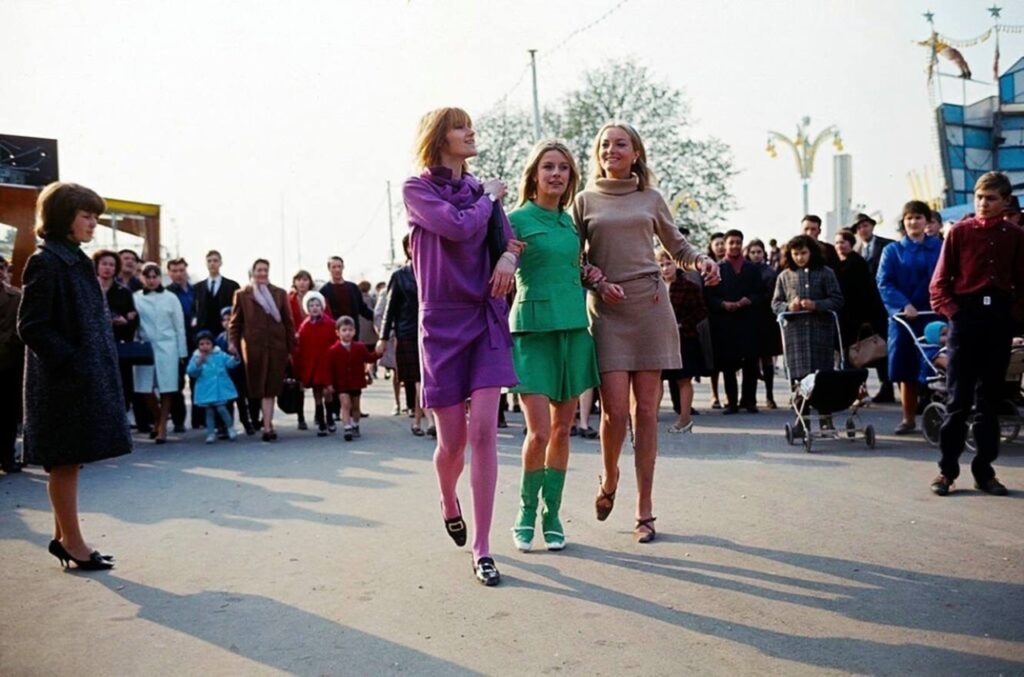
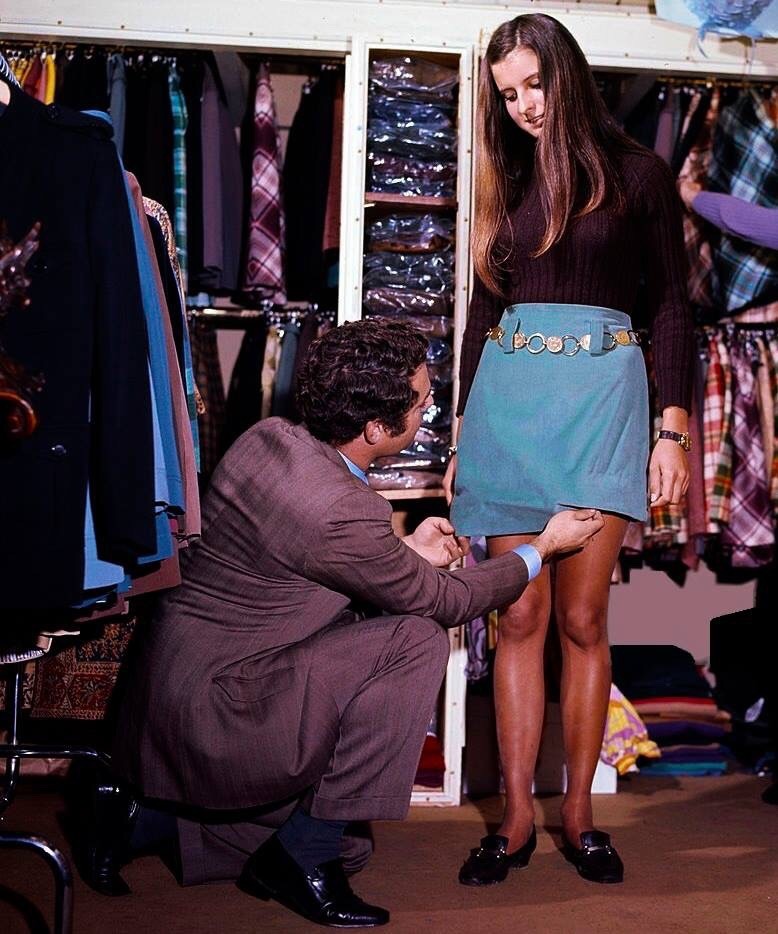
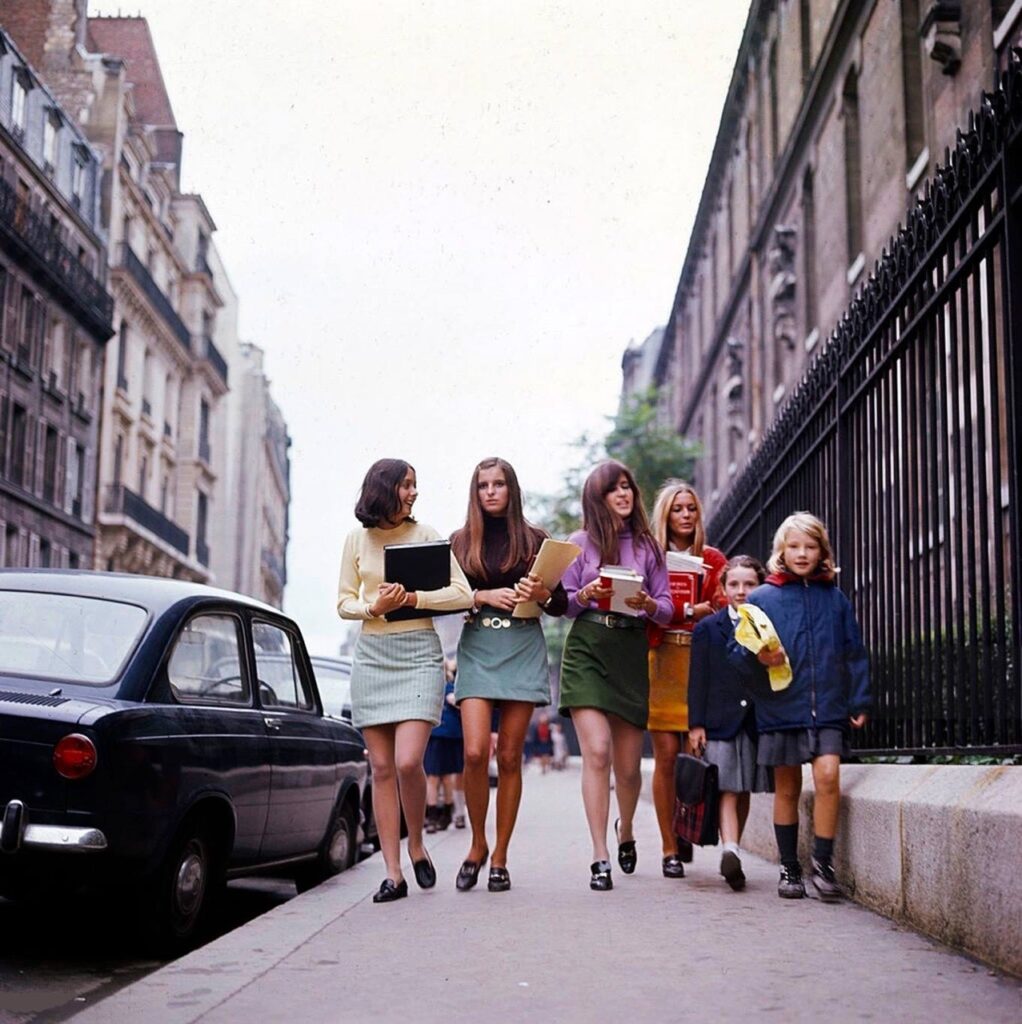
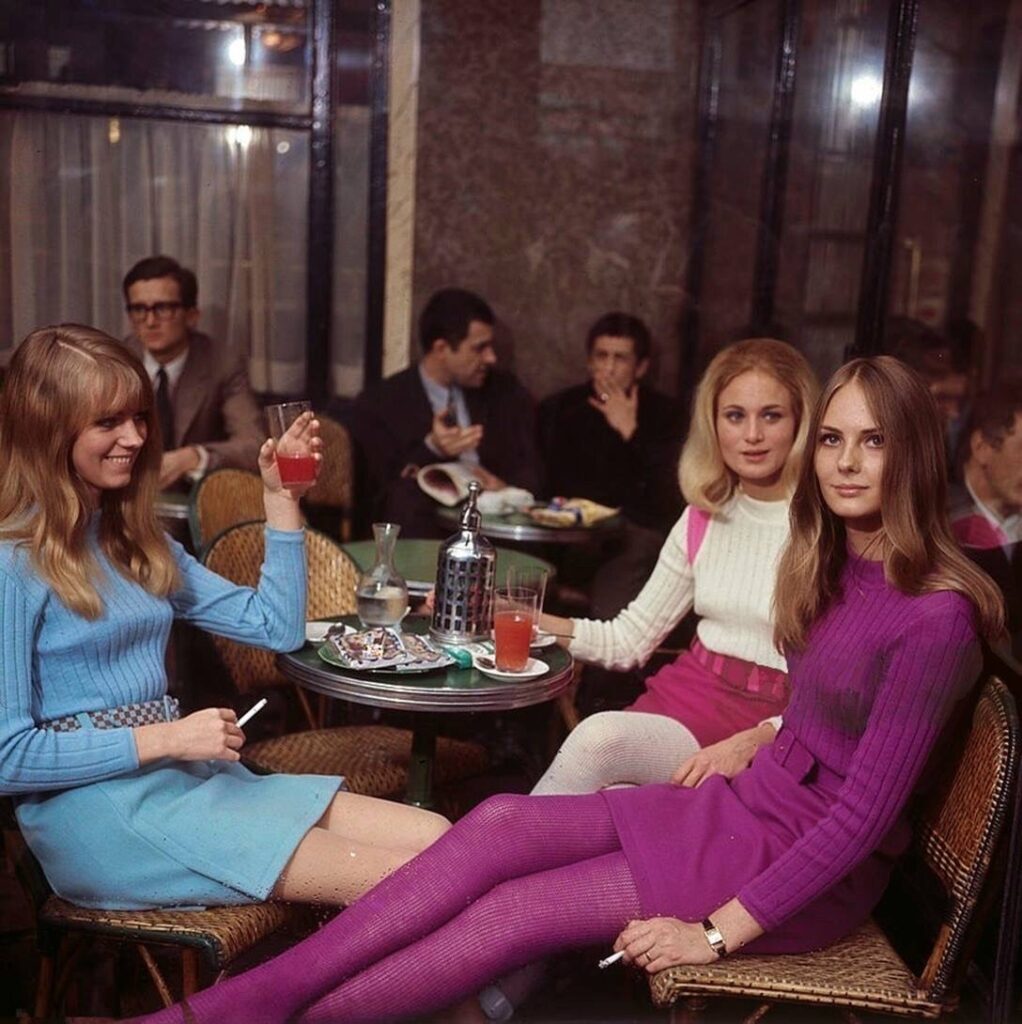

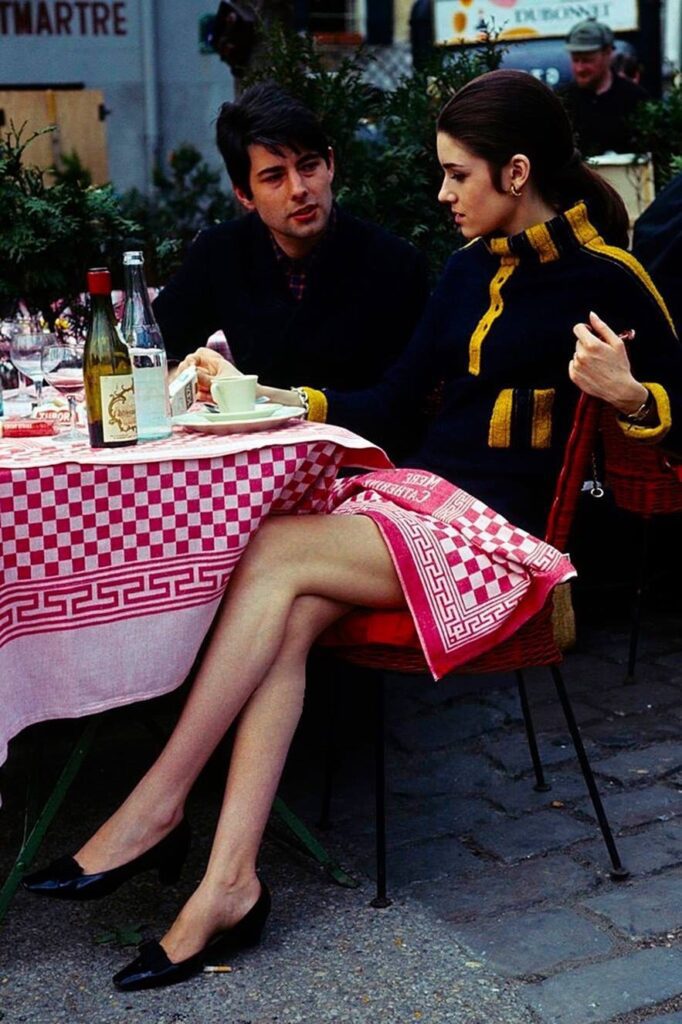
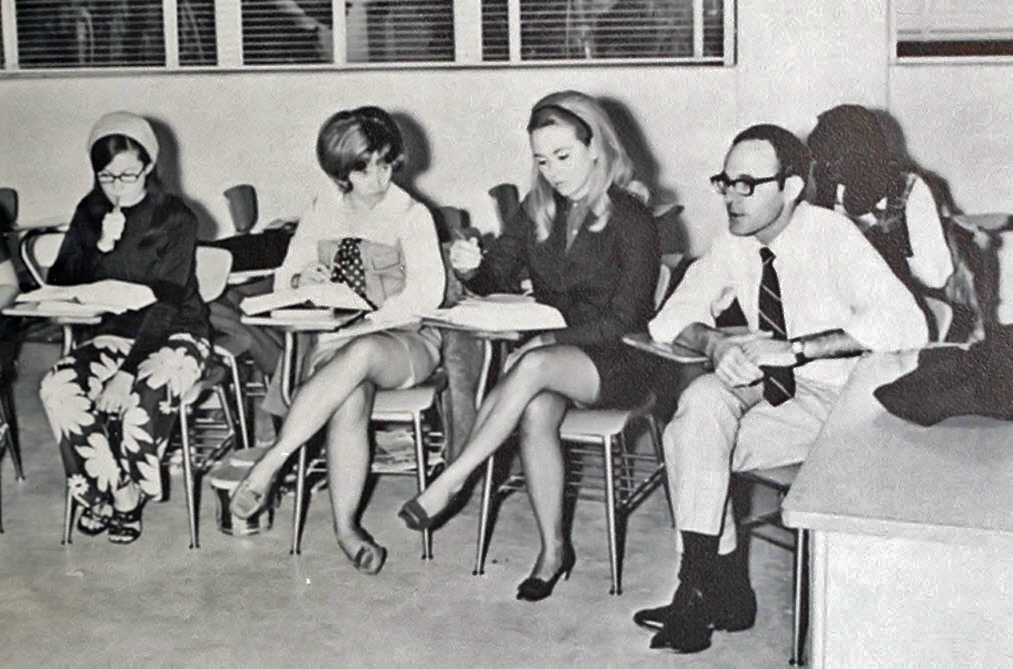
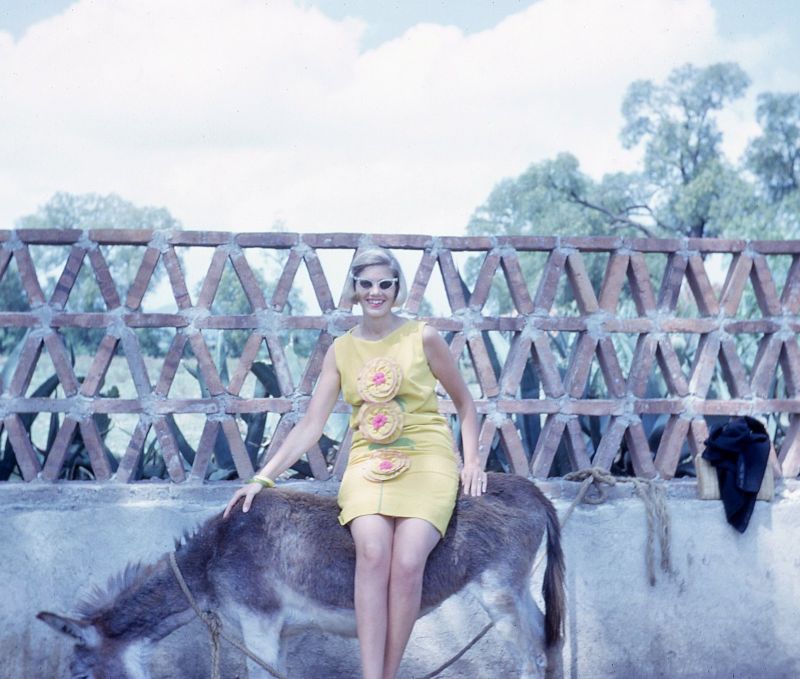
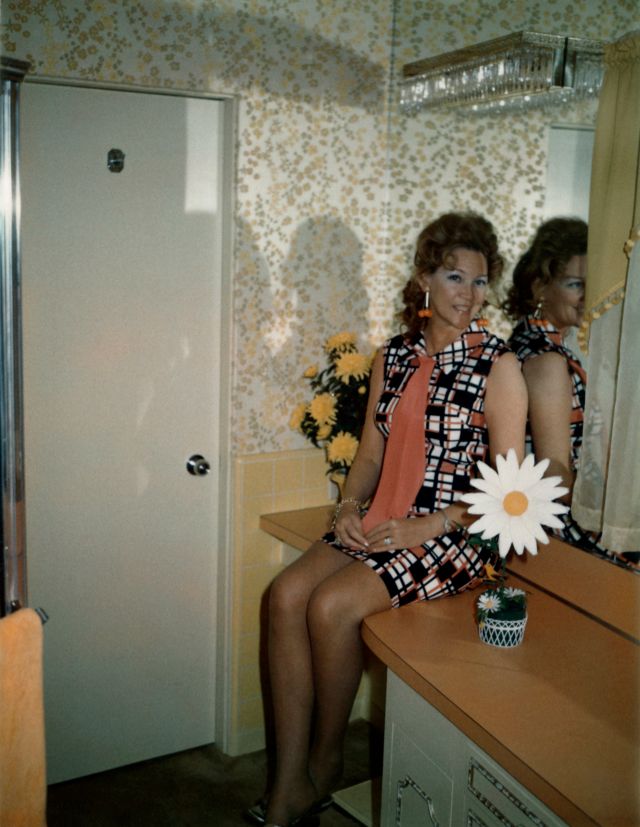
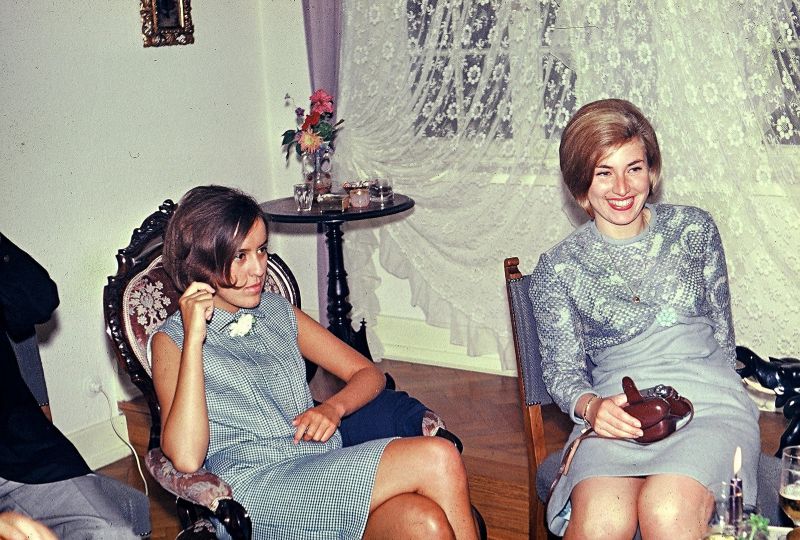
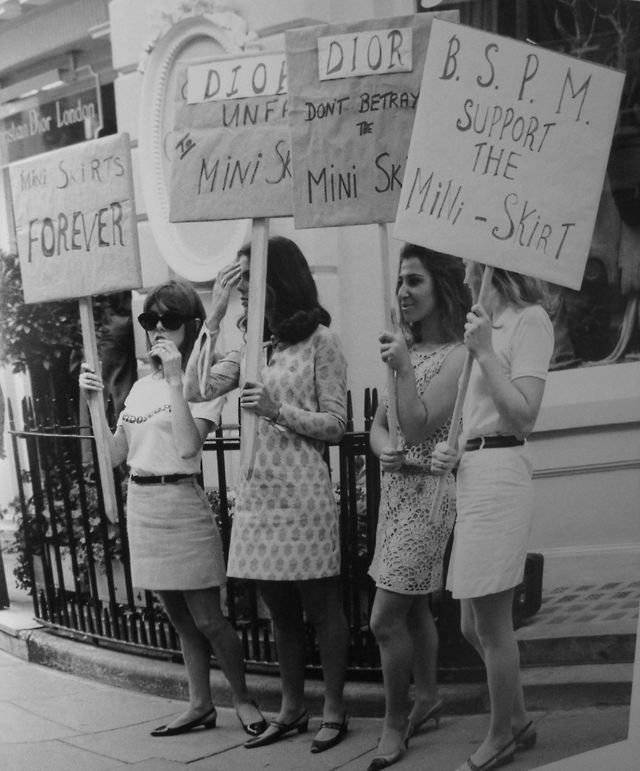

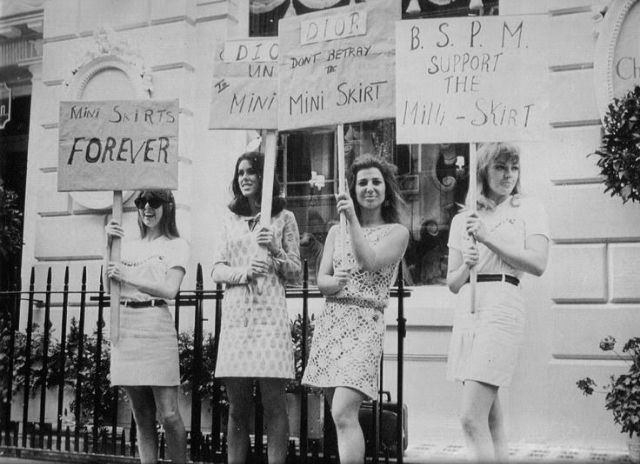
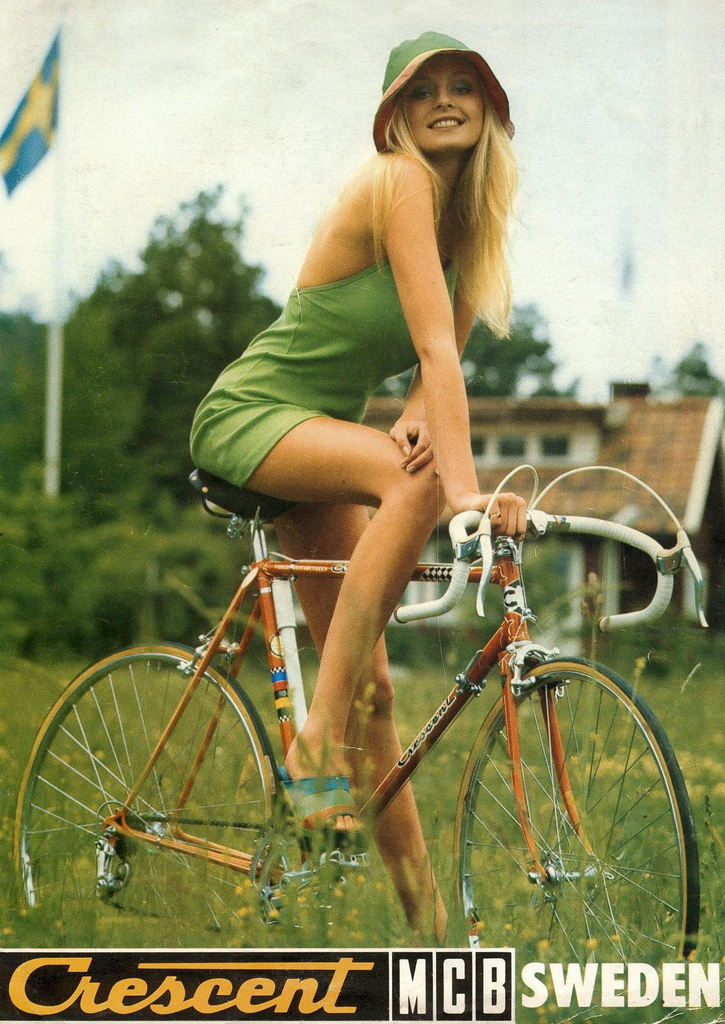

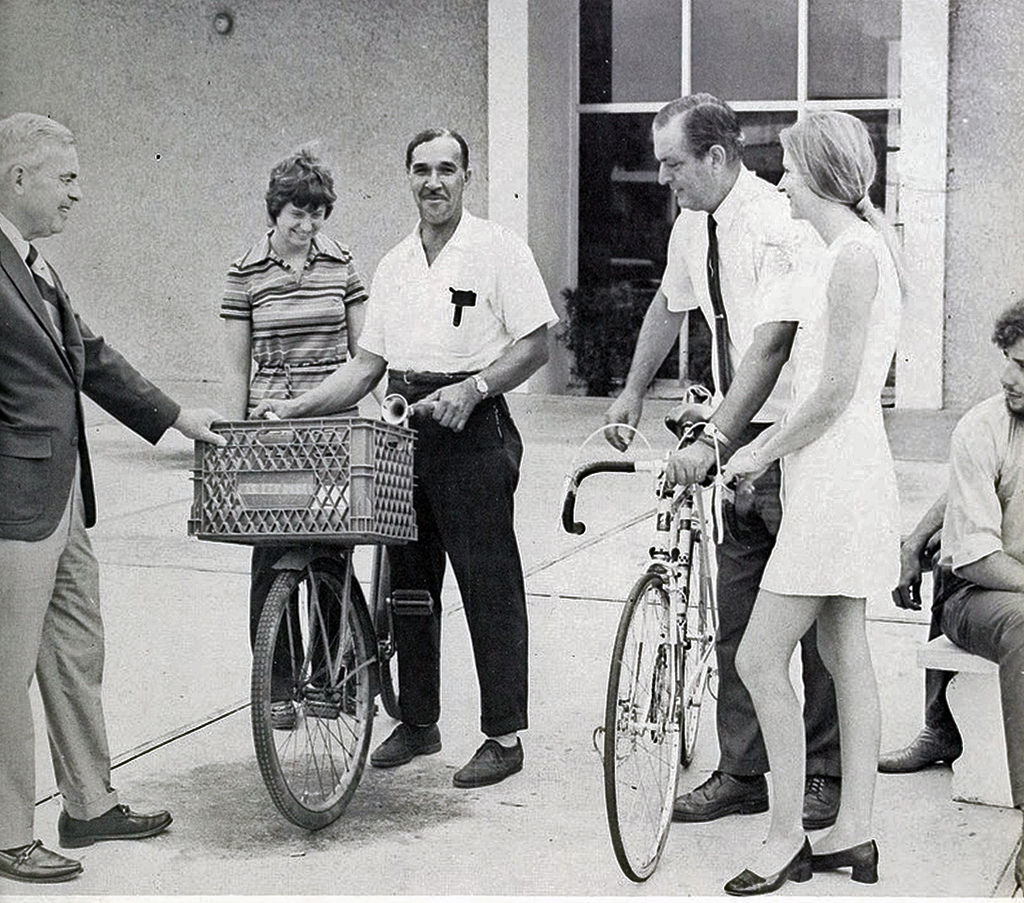


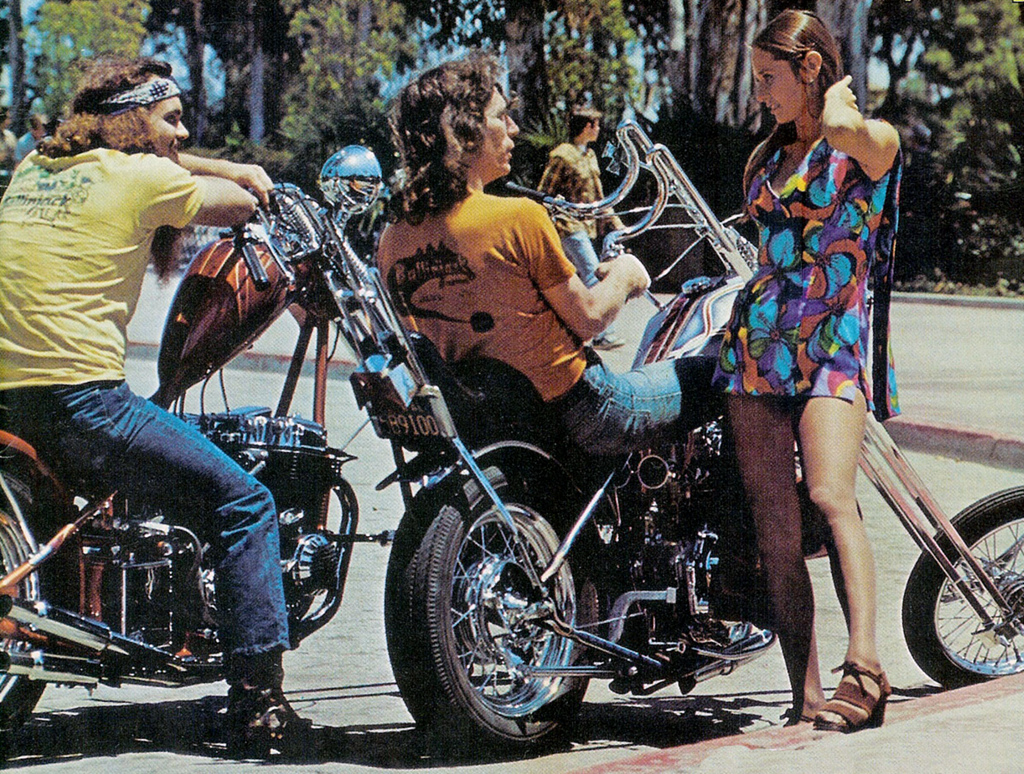
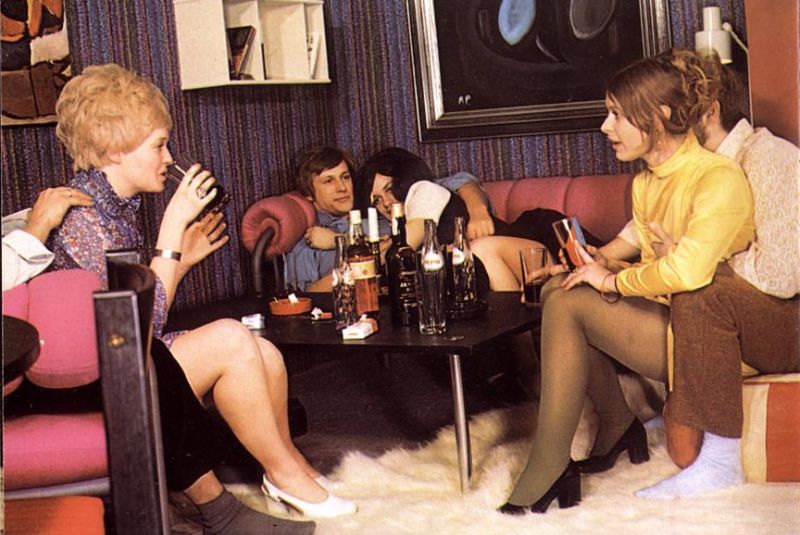
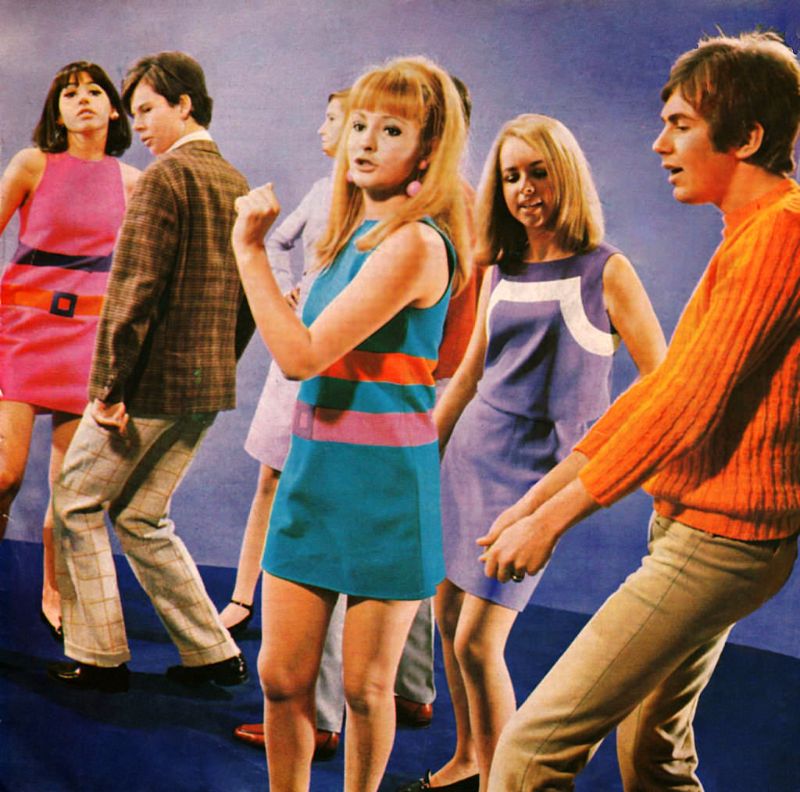
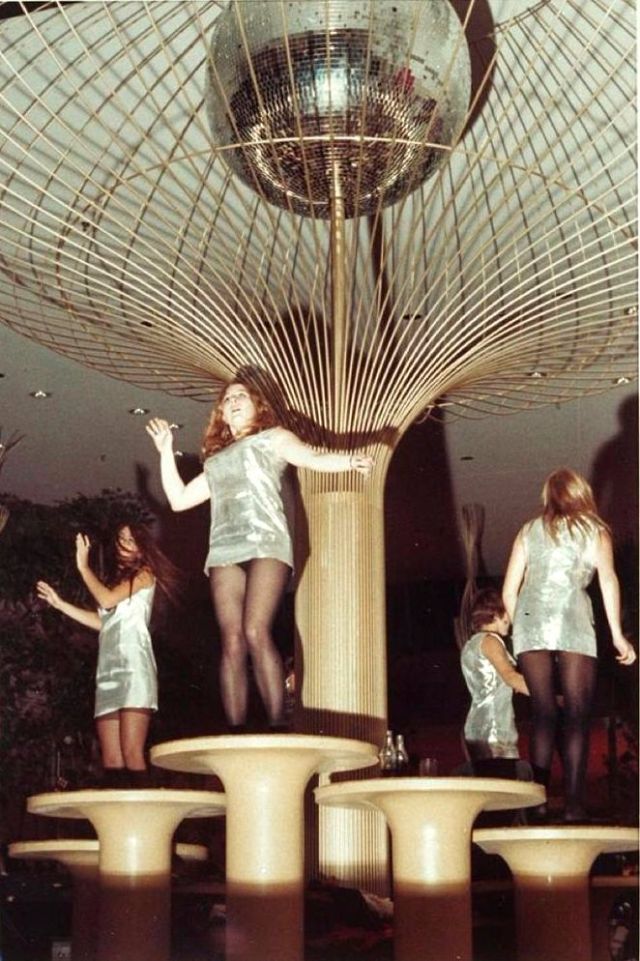
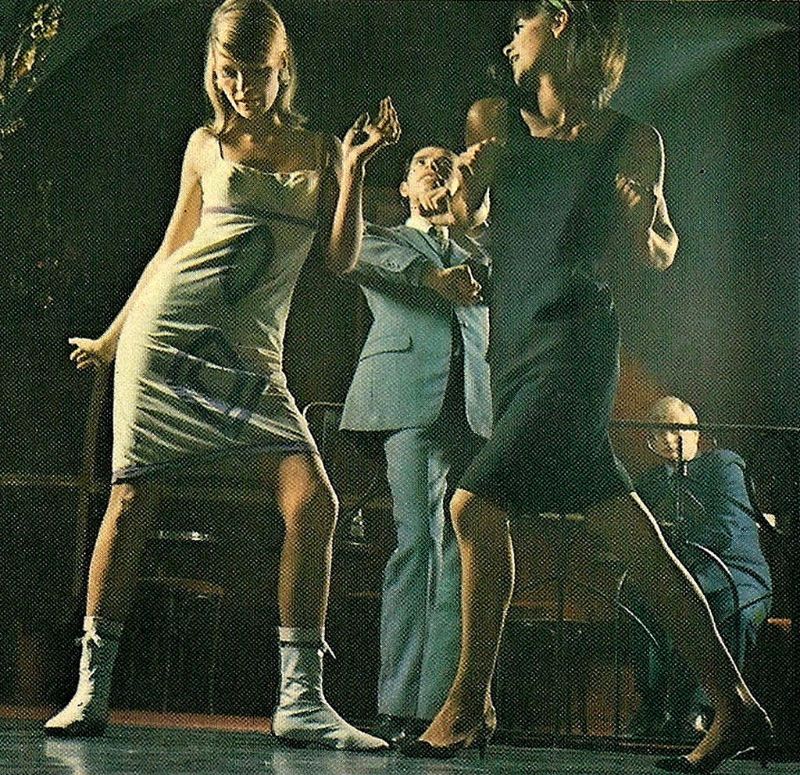
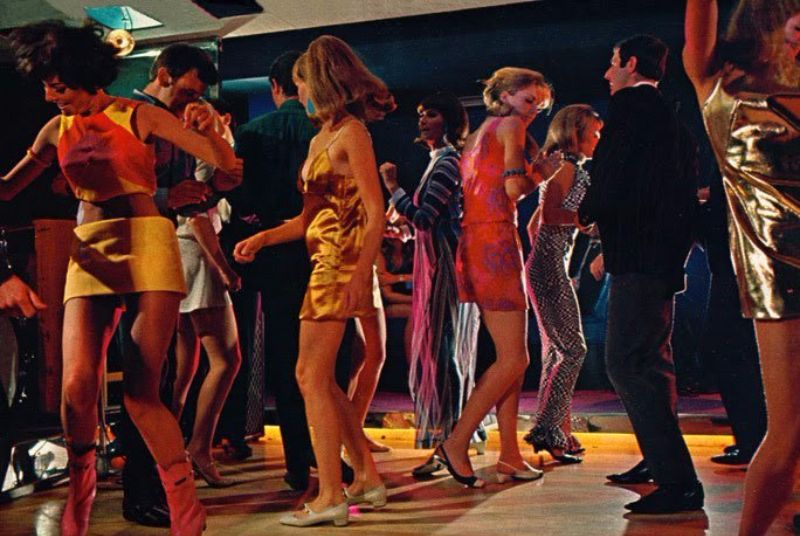
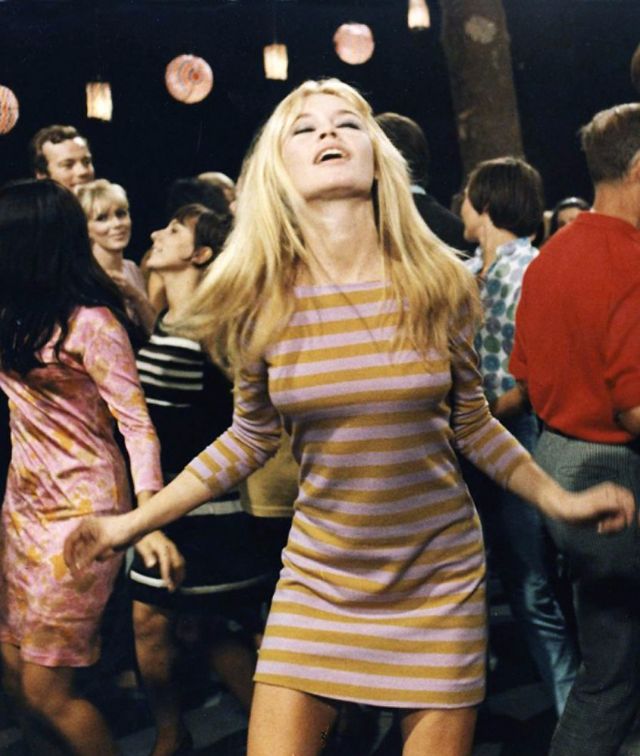
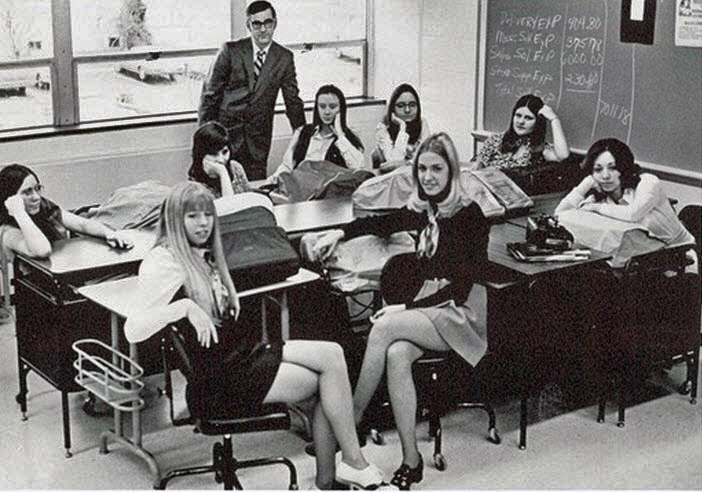




(Photo credit: Pinterest / Flickr / Wikimedia Commons).








No Comments